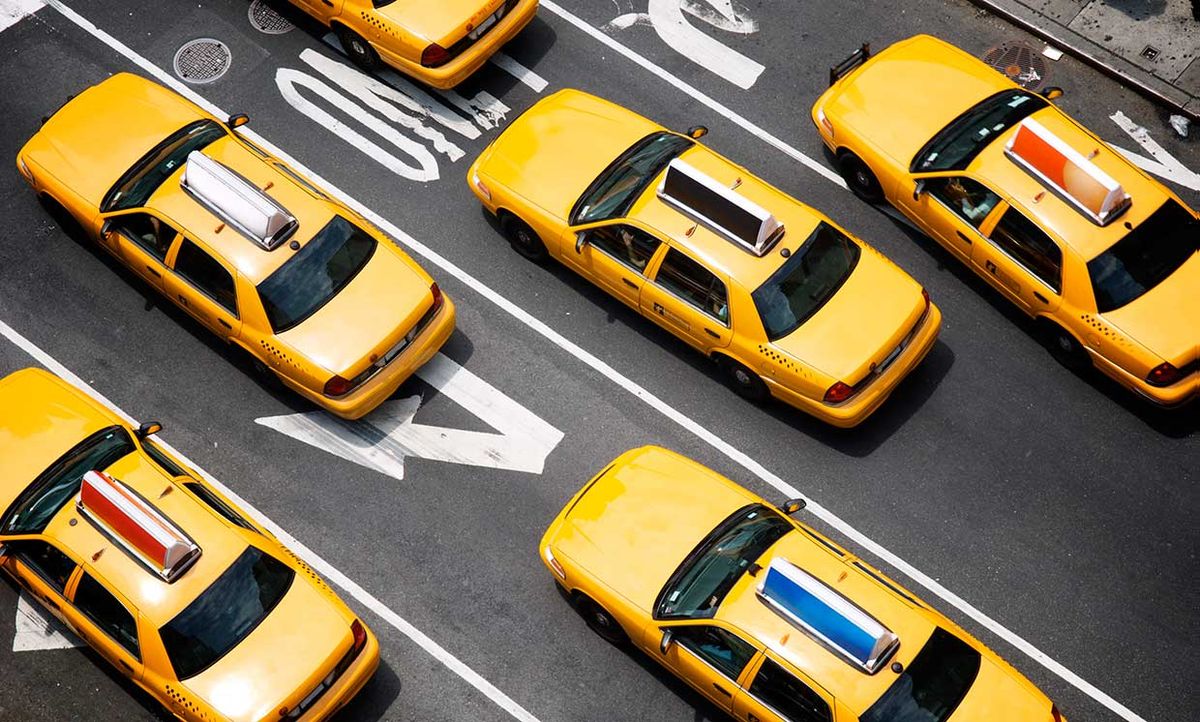For urban areas where the demand for package delivery is only increasing, a group of researchers is proposing an intriguing solution: a crowdsourcing platform that uses taxis to deliver packages. In a study published 29 April in IEEE Transactions on Big Data, they show that such an approach could be used to deliver 9,500 packages on time per day in a city the size of New York.
Their platform, called CrowdExpress, allows a customer to set a deadline by which they want a package delivered. Taxis, which are already traveling in diverse trajectories across urban areas with passengers, are then crowdsourced to deliver the packages. Taxi drivers would be responsible for picking up and dropping off the packages, but only before and after dropping off their passengers, which avoids any inconvenience to passengers.
Chao Chen, a researcher at Chongqing University who was involved in the study, says this proposed approach offers several advantages. “For customers, packages can be delivered more economically, but [also] more speedily,” he says. “For taxi drivers, more money can be earned when taking passengers to their destinations, with only a small additional effort.”
Since the average taxi ride tends to be only a few kilometers, Chen’s group acknowledges that more than one taxi may be required to deliver a package. Therefore, with their approach, they envision a network of relay stations, where packages are collected, temporarily stored, and transferred.
In developing CrowdExpress, they first used historical taxi GPS trajectory data to figure out where to place the nodes on the package transport network. Next, they developed an online scheduling algorithm to coordinate package deliveries using real-time requests for taxis. The algorithm calculates the probability that a package will be delivered on time using a taxi that is currently available, or taxis that are likely to be available in the near future. In this way, the algorithm prioritizes human pick-ups and drop-offs while still meeting package delivery deadlines set by customers.
In their study, Chen and his colleagues evaluated the platform using the real-world taxi data generated during a single month by over 19,000 taxis in New York City. The results show that this technique could be used to ferry up to 20,000 packages a day—but with a deadline success rate of 40 percent at that volume. If CrowdExpress were used to transport 9,500 packages a day across the Big Apple, the success rate would reach 94 percent.
“We plan to commercialize CrowdExpress, but there are still many practical issues to be addressed before truly realizing the system,” Chen admits. “The maintenance cost and the potential package loss or damage at the package stations is one example,” Chen says.
“One promising solution to address the issue is to install unmanned and automatic smart boxes at the stations. In this way, packages can be safely stored and drivers are required to enter a one-time password to get them.”
Michelle Hampson is a freelance writer based in Halifax. She frequently contributes to Spectrum's Journal Watch coverage, which highlights newsworthy studies published in IEEE journals.



